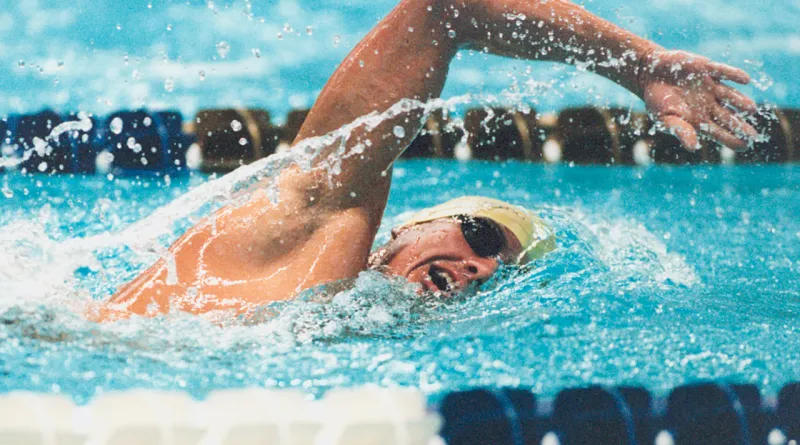Whether you are preparing for a competition or simply looking to enhance your overall swimming fitness, boosting your speed and endurance is essential for becoming a more proficient swimmer. Although swimming is often perceived as a low-impact activity, it demands significant endurance, coordination, and strength to achieve excellence. By refining your technique and incorporating targeted drills into your training regimen, you can achieve noticeable enhancements in both speed and stamina in the water. Here’s how to proceed.
1. Prioritize Technique: Optimize Your Form
The initial step towards enhancing speed and stamina in swimming is to refine your technique. Efficient swimming allows you to conserve energy, enabling you to swim longer distances at a faster pace.
Key Areas for Improvement:
Body Position: Aim to maintain a horizontal and streamlined posture in the water. Your body should be as flat as possible, with your head aligned with your spine. Stay relaxed while ensuring your body is firm enough to minimize drag.
Head Position: Keep your head in a neutral position, gazing downward. Raising your head too high can cause your body to sink, increasing resistance in the water.
Breathing: Many swimmers find proper breathing challenging. Practice bilateral breathing (alternating sides) to maintain balance and reduce fatigue. Exhale completely while underwater, ensuring your breathing is rhythmic and steady.
Arm Stroke: Focus on long, controlled arm strokes, striving to extend with each movement. Avoid short, choppy strokes, as they waste energy and hinder your speed.
Kick Efficiency: Your legs should remain straight but not rigid. A flutter kick should be quick and consistent, originating from your hips rather than your knees. A powerful kick is crucial for propulsion, but it should not be excessively forceful, as this can lead to premature fatigue.
2. Implement Interval Training: Enhance Stamina and Speed
Interval training is one of the most effective methods for improving both speed and endurance in swimming. This approach involves alternating between high-intensity efforts and lower-intensity recovery periods.
Sample Interval Training Session:
Warm-up: Engage in 5–10 minutes of gentle swimming.
Main Set:
– Perform 4 repetitions of 100 meters at 80–90% intensity, allowing for 30 seconds of rest after each set.
– Follow this with 4 repetitions of 50 meters at 90–100% intensity, taking 20 seconds of rest in between.
Cool-down: Conclude with 5–10 minutes of relaxed swimming, concentrating on your technique.
By progressively increasing the number of high-intensity intervals while decreasing rest durations, you will enhance both your aerobic and anaerobic capacities, which are crucial for swimming longer distances and achieving faster times.
3. Integrate Dryland Strength Training
Although swimming is a comprehensive full-body workout, incorporating strength training on land can greatly enhance your swimming performance. Increased muscle strength contributes to improved speed, endurance, and a lower risk of injury.
Key Muscles to Focus On:
– Core: A robust core stabilizes your body in the water and supports proper posture. Include exercises such as planks, Russian twists, and leg raises.
– Shoulders and Arms: Build upper body strength necessary for powerful strokes with exercises like push-ups, pull-ups, and dumbbell shoulder presses.
– Legs and Hips: Strengthen your legs and glutes with squats, lunges, and hip bridges, which are vital for an effective kick and a strong push-off from the pool wall.
4. Implement Pacing Strategies: Swim Smarter, Not Harder
To enhance both speed and endurance, it is essential to develop effective pacing strategies. Starting too quickly can lead to exhaustion and hinder your overall performance.
Pacing Recommendations:
– Understand Your Pace: Begin each swim at a manageable pace that feels moderate, not overly easy. Gradually increase your intensity as you progress.
– Negative Splitting: For longer swims, consider negative splitting, where you swim the second half faster than the first. This approach helps prevent early fatigue and improves endurance.
– Controlled Sprinting: When sprinting, focus on short bursts of speed while maintaining controlled breathing. Utilize flip-turns efficiently to minimize time spent at the wall and sustain momentum.

Tinggalkan Balasan